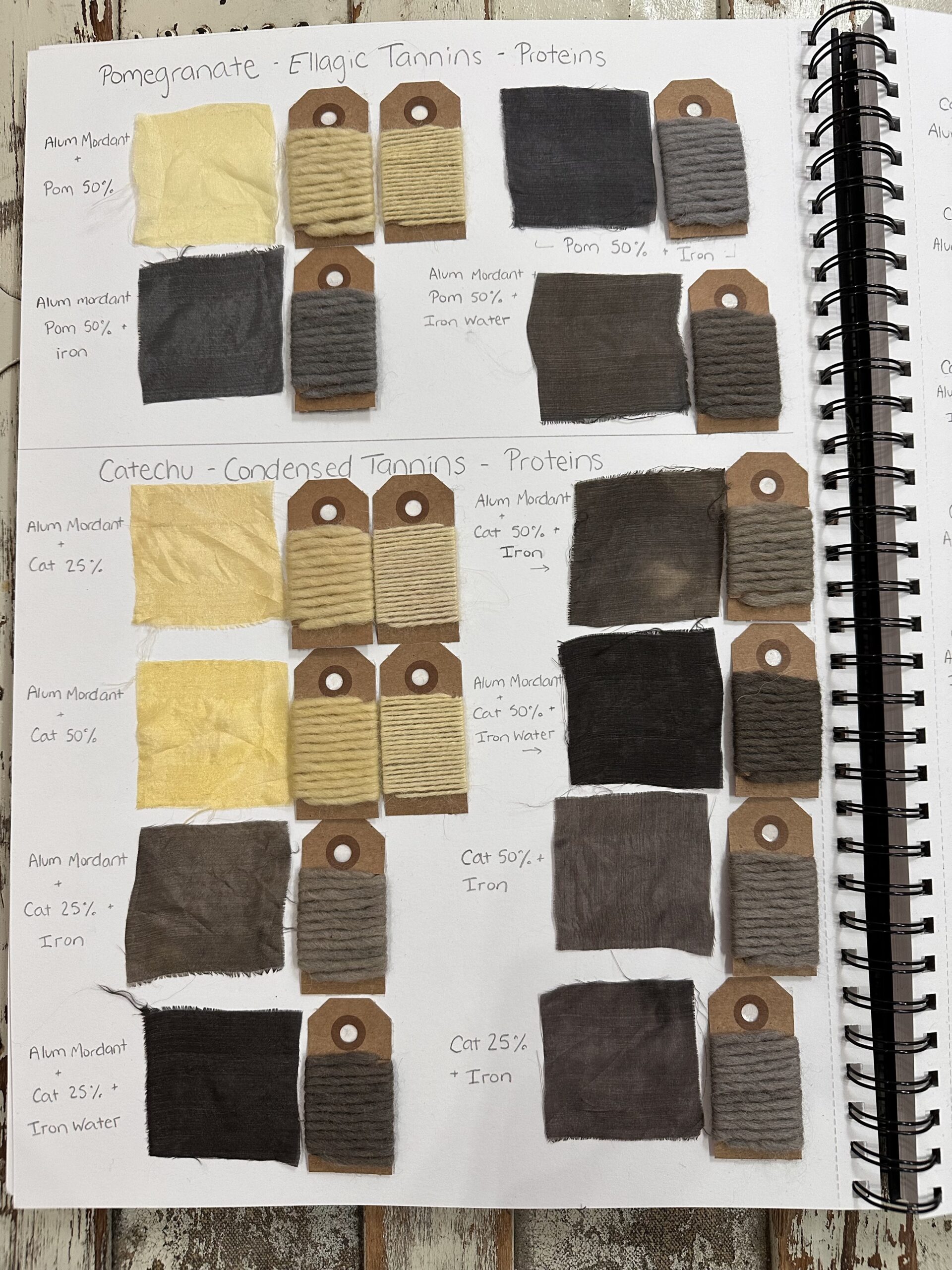The Leyden Papyrus and The Stockholm Papyrus
These are third-century Egyptian documents, probably written by the same scribe, with recipes for various thing, of which some are dyeing or related recipes.
“The Leyden Papyrus X ” is the one that concerns itself particularly with dyes and metals and is detailed in Journal of Chemical Education, vol. III, no. 10 (October 1926), pp. 1149-1166 with a translation by Caley, Earle R. It is associated with purple dye, as was the most desirable colour of the time and has many notes on alkanet. These are not especially helpful to new dyers as they assume the reader is largely well acquainted with the processes described.
“The Stockholm Papyrus,”, by the same author, is in Journal of Chemical Education IV, no. 8 (August 1927), pp. 979-1002.
I tend to go to this Leyden translation online and this for the Stockholm ones. Mostly I love it for checking how old a dyestuff is.
Mappae Clavicula: A little Key to the World of Medieval Techniques
I think this one is my favourite because it was one of the first historical sources I came across. Like most of these early sources it’s really like a collection of notes and previous writings and, just to be even more confusing, there are various versions of what we call the Mappae Clavicula at different points in history. It’s not just about dyeing, it also includes stuff baout metal, mosiacs, glass and colour for all of these and more. (It’s like all my favouite stuff). Again this is not designed as a helpful guide for new people, the recipes er direct, to teh point and mostly just list ingredients and a pointer or two. Most of the Mappae Clavicula recipes are also available in a later period text known as the Compositiones ad Tingenda “Recipes for Tingeing” which is a name I just love. A good source for more info is by Cyril Stanley Smythe and John Hawthorne in Transactions of the American Philosophical Society, New Series, Vol. 64, no. 4 (July 1974).
The Craftsman’s Handbook [Il Libro dell’Arte] by Cennino d’Andrea Cennini.
The most common one is readily available, translated by Daniel V. Thompson (who has done excellent stuff on medieval paints and painting as well), Jr. New York: Dover Publications, Inc., 1960. This is mostly for painting and glass and metal working, but it does mention dyes for block printing and is generally a good source for colours in the Medieval world.
Un Manuale di Tintoria del Quattrocento
I know about this one, but it’s mostly through other people’s research at the moment. It’s on my “to track down” list. I believe it’s a good source for fustian, which is also on my to do list. Venice was a major centre of dyeing, dyers secrets and excellent dyeing workmanship.
The Innsbruck Manuscript
A 14th source of recipes from Austria. I;ve mostly experienced it piecemeal from various bits and pieces around the internet, so I need to find a more collection for myself. I find it a bit more in the ground pigment area than what I think of as dyestuff, but I have been intriged by this one for a while now, so I have it handy in my dye notes “One should take crabs and boil them well in water and throw out of the pot everything within the shells and boil the rest. Grind well in a mortar, and strain through a cloth and mix it well with alum, upon which the color becomes reddish; or if one wishes to make the color darker, add verdigris thereto” Not that I want to try it, more I feel sorry for the crabs.
On Divers Arts [De Diversis Artibus] by Theophilus.
I LOVE this one, again because it has all manner of great things about glass and metal as well. My usual go to is the John G. Hawthorne and Cyril Stanley Smith translated one.
The Plictho of Gioanventura Rosetti: Instructions in the Art of the Dyers which Teaches the Dyeing of Woolen Cloths, Linens, Cottons, and Silk by the Great Art as Well as by the Common by Gioanventura Rosetti
Written when the secrecy in the Dye world must have getting a bit cut throat, late period, Italian. I will wrote a post just about this one book soon. It’s a great source, especially for reds which were booming with all the new red sources from the Americas. Like my favourite period cookbook, also from Italy (The Opera of Bartolomeo Scappi), it is far more useful in terms of instruction.

Leave a Reply